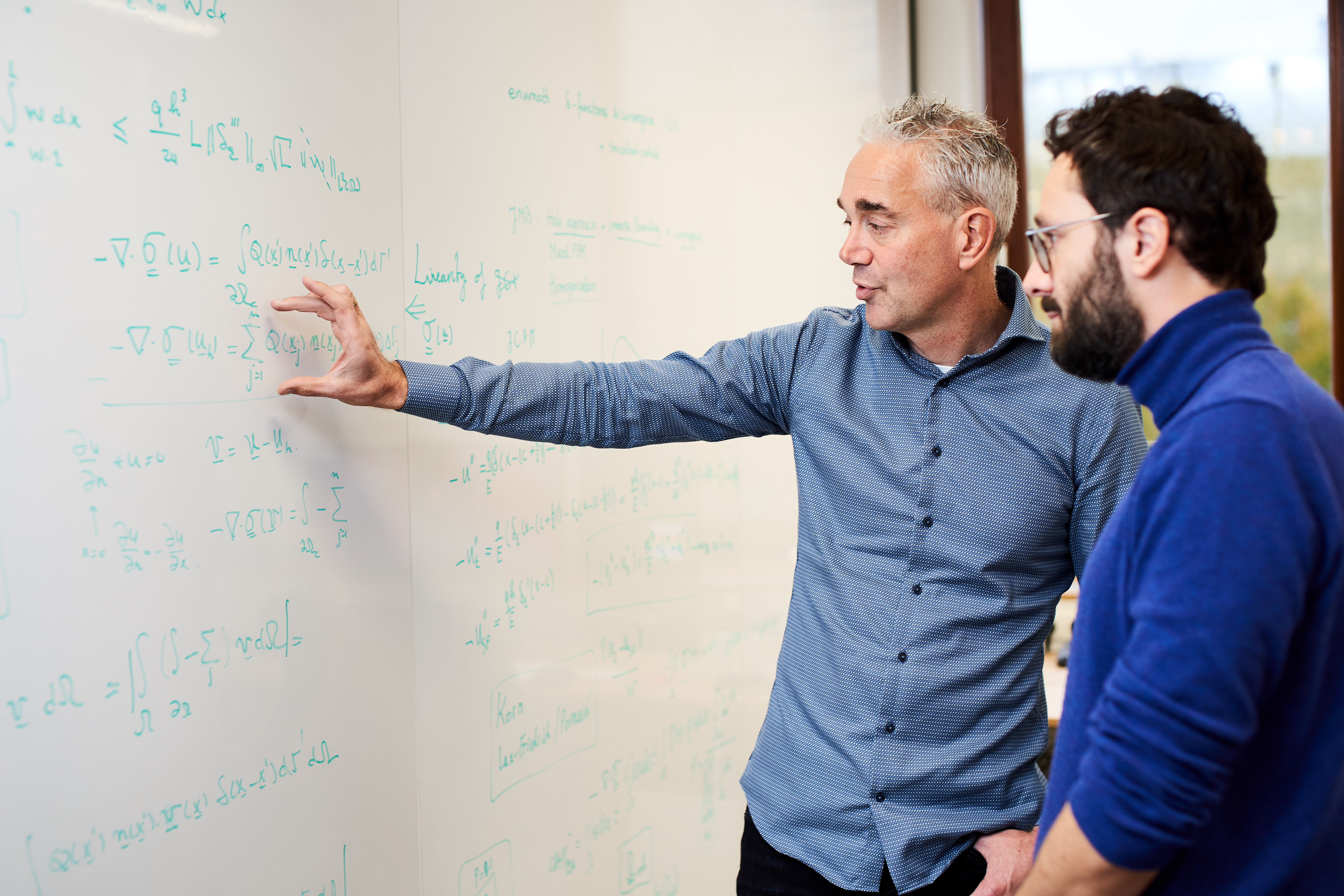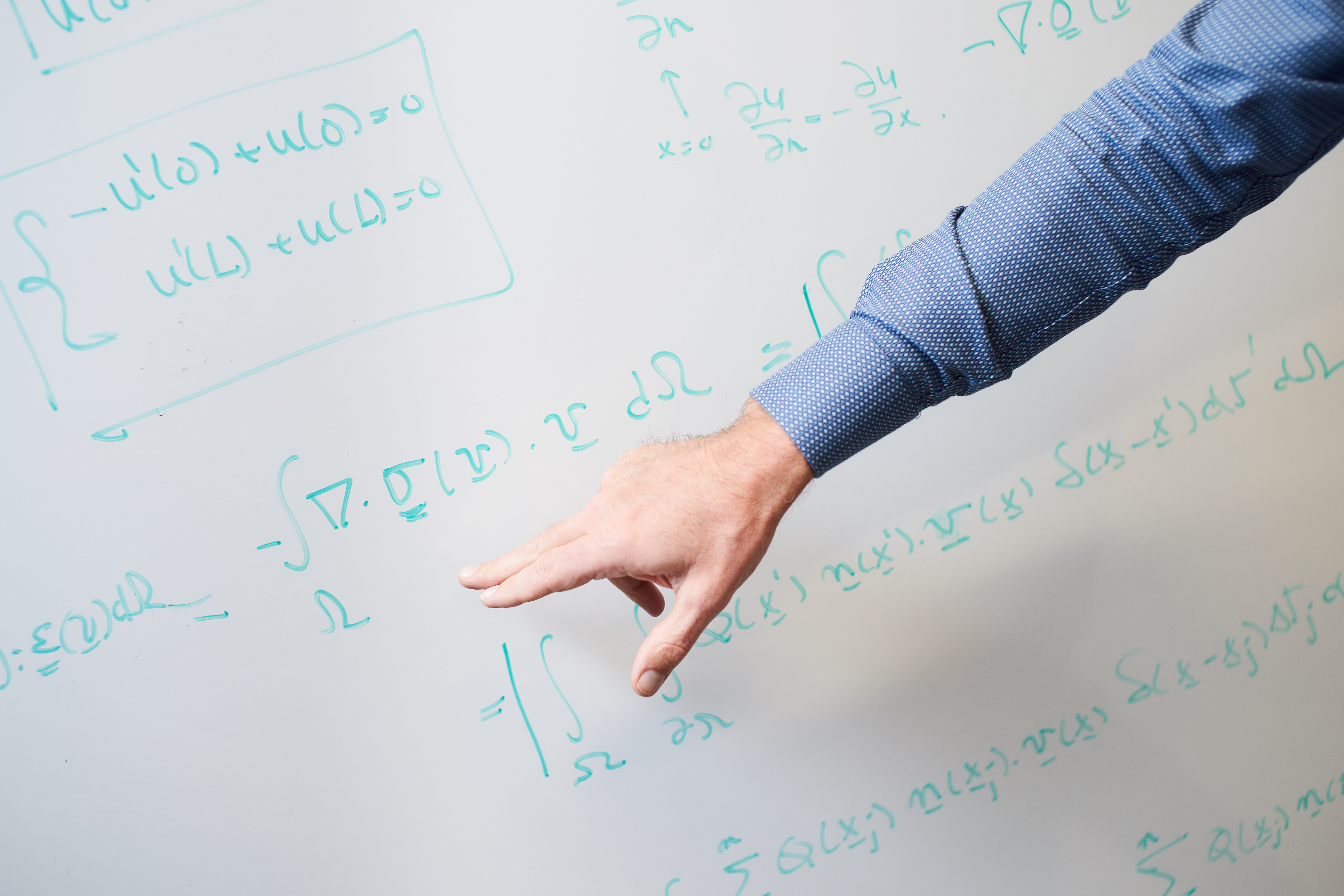Healing burns with mathematics
People sometimes spend the rest of their lives living with the consequences of severe burns. Mathematician Fred Vermolen is working in Delft on a computer model that can predict how a burn will develop over time. Once the model is ready, it will help doctors to decide on the best treatment option, thus preventing a great deal of suffering.
Every year, some 900 people are admitted to one of the Netherlands’ three specialist burn units. The severity of their burns can cause life-long scarring, which can have a huge impact on their social life and result in physical impairments. Contractures, the thickening and tightening of scar tissue, sometimes put so much pressure on the skin that certain movements are no longer possible.
Combining mathematics with biology
The better a burn responds to treatment, the faster the wound will heal and the less permanent the damage will be. Vermolen hopes to make an important contribution to this process by combining maths with medical biology. His team uses complex mathematical prediction models for medical applications. At present, two doctoral candidates are working hard to refine a model for the burn healing process, partly supported by Nederlandse Brandwonden Stichting. This is no mean feat. The healing of the skin is a highly complex process. Vermolen explains: “The first study in 2017 resulted in an adequate mathematical basic model. But the model still contains too many uncertainties, which we want to remedy one by one. So we are adding parameters, such as gender, age and lifestyle, and calculating the effect of these factors on the healing process. The model is becoming increasingly customised, which is essential as no two patients are like.”
The best treatment
“My dream is that doctors will be able to make a digital scan of the burn, enter it into the computer system along with the parameters, and the model will help them to decide on the best treatment for that particular patient. In other words, the calculation potential of mathematics will be used to support the personal experience of the doctor. However, we still have a long way to go. A lot of research is still needed and the actual calculation of the results in the model takes too long. These are the problems we intend to address in the upcoming period.” The researchers are keen to cooperate with international skin tissue specialists on a range of experiments in this respect. They hope that this will soon allow them to test the theoretical assumptions that make the current model unreliable in practice, and ultimately improve the model.
Delft University Fund
Delft University Fund supports pioneering research. By making a donation to the research being carried out by Fred Vermolen, you will be helping to develop a model that can prevent a lot of suffering among burns patients. Will you help?



